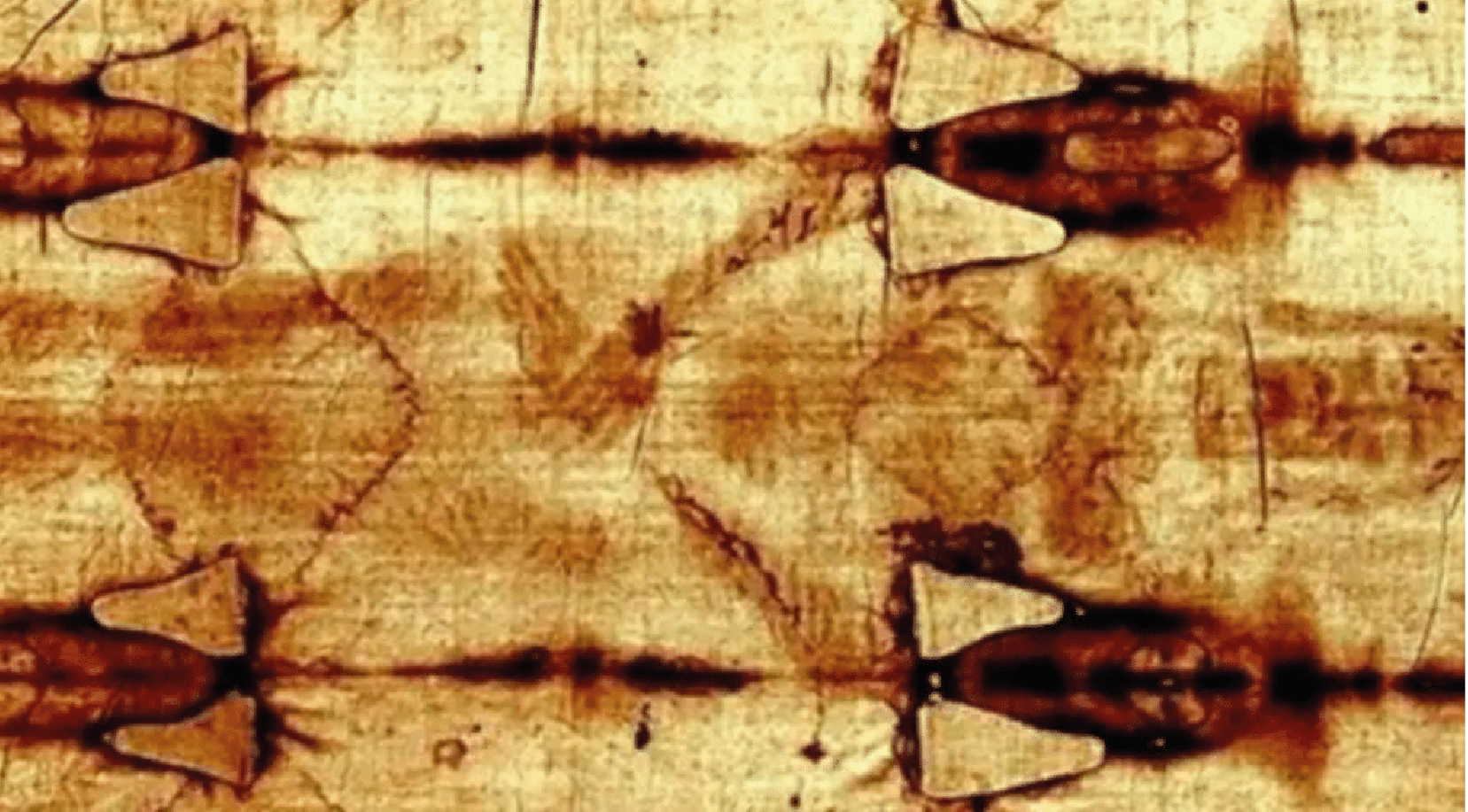(ZENIT News / Turin, 28.08.2024).- New scientific results prove the authenticity of the Shroud of Turin. Italian researchers used an innovative X-ray technique whose results prove that that enigmatic cloth dates back to the time of Jesus Christ. The team of the Institute of Crystallography of the National Council of Researches (NCR) applied wide-angle X-ray scattering (WAXS) to analyse eight small samples of the Shroud, a cloth that, according to tradition, covered Jesus’ crucified body,
The scientists were able to determine the antiquity of the Shroud when studying the deterioration of the linen’s cellulose, a process that occurs gradually over time. The results showed that the Shroud is approximately 2,000 years old, coinciding with Christ’s era, based on conservation conditions that kept the cloth at an average temperature of 22.5 degrees Celsius and a relative humidity of 55% for more than a millennium.
This finding challenges a radiocarbon test carried out in 1988, which dated the Shroud between 1260 and 1390, which led many to consider it a Medieval falsification. However, Dr Liberato De Caro, one of the main researchers, argues that this test could have been inexact due to contamination of the samples, a factor that could have altered the results.
The new Italian research also compared the samples of the Shroud with other ancient fabrics, including cloths of the 1st century found in Masada, Israel, whose data coincides with those of the Shroud. These results suggest that the relic could have been kept in optimum conditions for centuries, which could explain its excellent state of preservation.
This study is only one of several in the last decade that point to the authenticity of the Shroud as a relic of Jesus’ time. Another recent study identified the origin of the linen in the Levant region, at present Israel and Lebanon, a fact that reinforces the connection of the Shroud with the Holy Land.
William Meacham , American archaeologist and member of the Holy Shroud of Turin Education and Research Association, highlighted the importance of these findings, stressing that they question the theory of the Shroud as a Medieval falsification. Moreover, he pointed out that other evidences, such as the pollen found in the cloth and certain characteristics of the image, also point to an origin in the Eastern Mediterranean.
From its first appearance on the European scene in 1898, when it was photographed for the first time, the Shroud of Turin has been the object of intense scientific and religious scrutiny. Over the years, forensic studies and technical analyses have attempted to unravel its mystery, and although opinions continues to be divided, the evidence in favour of its authenticity continues growing.
This recent advance, achieved thanks to X-ray technology, not only contributes new proofs but also fuels the fascination and debate around one of the most venerated Catholic relics in history.



